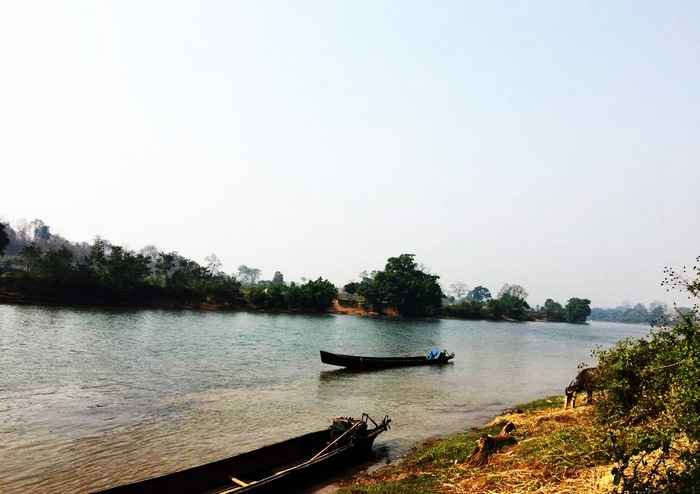Help our local partners realise their vision of hope for their communities


A new report launched today by Shan community groups calls for an immediate halt to the Upper Yeywa dam and other planned hydropower dams on the Namtu River, citing ongoing conflict, serious environmental and social impacts and lack of informed consent of impacted villagers.
The report “Save the Namtu River,” exposes the complete lack of transparency around plans to build four dams on the Namtu (or Myitnge). Together with the existing Yeywa dam, the four new dams will block half the length of one of Shan State’s most well-known rivers, irreversibly impacting its ecology and the lives of tens of thousands of people relying on it.
The Upper Yeywa dam, involving Chinese, Swiss, German and Japanese companies, is the most advanced of the planned dams, slated for completion in 2018. Located in Kyaukme township, its reservoir will stretch for about 60 kilometers, submerging Ta Long, a prosperous Shan village of about 500 residents, famous for its organic oranges, and possibly also parts of Hsipaw town. The dam may be as high as 102 meters, producing up to 308 megawatts of electricity.
The Ta Long residents were never informed or consulted before the dam began, and have insisted they do not want to move. On February 23, 2016, over 200 Ta Long villagers signed an appeal to Hsipaw MP Sai Kham Aung to help them resist forced relocation.
Concerns about all the Namtu dams include build-up of pollution in the reservoirs due to mining operations upstream, unpredictable water fluctuations and possible dam breakage. The Namtu River crosses the Kyaukkyan fault, the centre of the largest earthquake in Burma’s history in 1912, measuring about 8 on the Richter scale. The giant 700 megawatt Middle Yeywa Dam, planned by Norway’s state-owned SN Power in Nawng Khio township, will be located over this fault-line.
Planned dams are also located in areas of active conflict, where ethnic resistance groups are fighting for autonomy, including the right to protect resources in their areas.
“For Naypyidaw to push ahead with large dams in conflict zones, against the wishes of local ethnic communities, is thumbing their noses at the peace process,” said Sai Khur Hseng of Shan Sapawa. “If the new NLD-led government wants to build peace, they must immediately halt the dams on the Namtu and other rivers in ethnic conflict zones.”
The report accuses foreign donor countries, such as Switzerland and Norway, of hypocrisy in showcasing their support for the “peace process” while partnering with Naypyidaw to profit from resources in ethnic areas before peace has been reached.